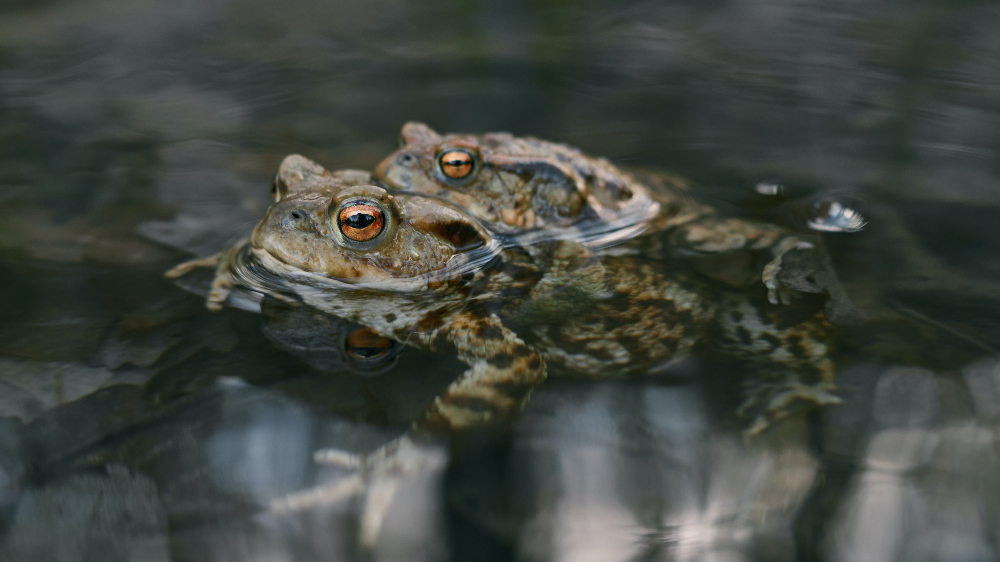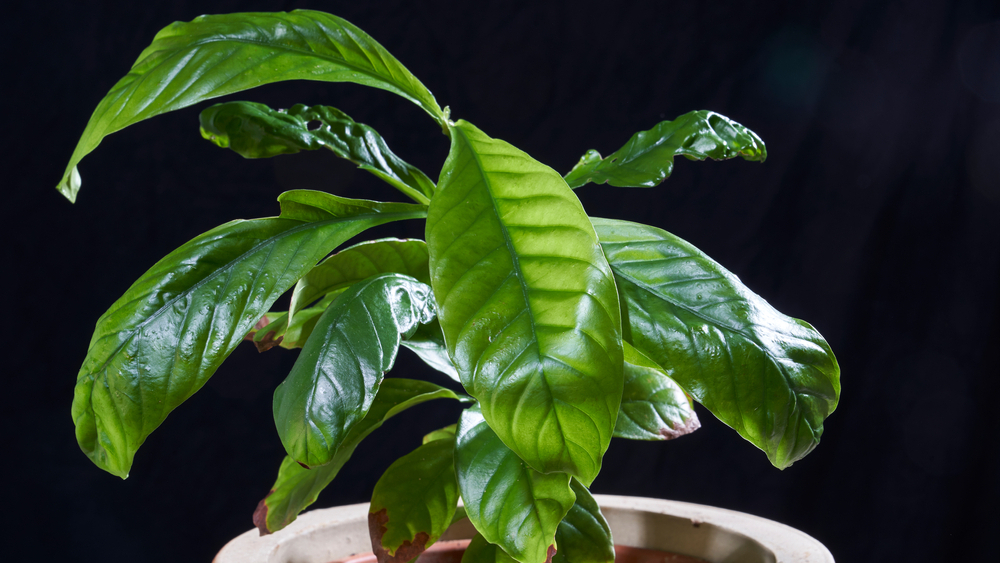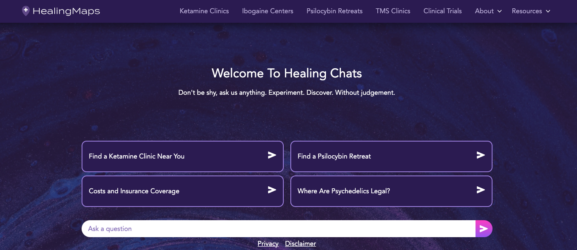DMT Therapy: Short Journeys, Long-lasting Effects. But is it Too Fringe?
Dimethyltryptamine, commonly known as DMT, and its cousin 5-MeO-DMT, are often categorized together because of the way you take them. Will DMT therapy become as common as ketamine treatment, magic mushroom, or other psychedelic-assisted therapies?
Unlike most common psychedelics, people smoke DMT and 5-MeO-DMT. (People put LSD on their tongue, typically inject ketamine (in clinical settings), eat psilocybin, and swallow MDMA.)
Because individuals inhale DMT and 5-MeO-DMT directly into their lungs, these substances rapidly enter the bloodstream in significant quantities. With this powerful delivery system, DMT and 5-MeO-DMT stun and amaze. People see characters, impossible fractals, or infinite white light.
At festivals and campgrounds, friends wow each other with a wild trip you can’t fully describe. Whole subcultures online, like the DMT Nexus, celebrate and explore their astounding power.
WANT TO TRY 5-MeO-DMT?: Here are our listing of 5-MeO-DMT retreats.
My Exploration with DMT Therapy
Smoking DMT or 5-MeO-DMT are among the most overpowering things I’ve ever done.
The first time I vaporized and inhaled some 5-MEO-DMT, I went into a panic thinking, “Welp, I did it this time, I’m dead.” Then I merged with a white light. I emerged with a sense that I had reduced my fear of death about 10%, something I don’t say lightly.
My initial exploration with DMT was nothing short of mystical. I heard from Terence Mckenna that the primary danger of ingesting DMT was “Death by Astonishment.” Then I managed to get my hands on some. (Later I would learn how to extract it myself.) Using a specialized vape pen, I perched atop a hill, gazing over fields and mountains. Low doses transported me into a Van Gogh painting, with the world adopting his signature swirls. Higher doses transcend the ordinary. Eyes closed, I ventured through resplendent fractals and eventually met a radiant entity reminiscent of a phoenix god.
Over the years, my explorations deepened.
More than just visual grandeur, DMT connected me to profound gratitude, reminding me of the blessings life had bestowed.
Some companions, more seasoned in the DMT realm, stress the significance of setting intentions. They believe that asking the DMT for guidance can render the experience even more enlightening.
RELATED: Ayahuasca vs. DMT: The Differences You Should Know
The Breakdown of the Potential Pros and Cons of DMT Therapy
| Pros of DMT Therapy: Prospective Benefits | Cons of DMT Therapy: Potential Risks |
| Neuroplasticity: DMT might enhance neuroplasticity, which could aid in rewiring maladaptive thought patterns. | Perceptual Distortions: DMT can cause vivid hallucinations and distortions of reality, which might be disorienting for some individuals. |
| Psychological Insight: DMT therapy can provide profound insights into one’s psyche, potentially aiding in self-discovery and personal growth. | Psychological Distress: DMT experiences can sometimes lead to intense psychological distress, including anxiety, paranoia, and panic attacks. |
| Spiritual Exploration: DMT experiences are often described as spiritually profound, offering individuals a sense of connection and meaning. | Bad Trips: There’s a risk of having a “bad trip,” characterized by overwhelming fear, negative emotions, and traumatic experiences. |
| Therapeutic Potential: DMT therapy is being explored for its potential in treating conditions like depression, PTSD, and addiction. | Physical Health Risks: DMT can increase heart rate and blood pressure, potentially posing risks to individuals with heart conditions. |
| Rapid Onset: DMT’s rapid onset can provide quick therapeutic insights, potentially saving time compared to traditional therapies. | Integration Challenges: Integrating intense DMT experiences into daily life can be challenging and may require additional therapy. |
| Reduced Fear of Death: Some individuals report reduced fear of death and a greater acceptance of mortality after DMT experiences. | Legal and Ethical Concerns: The legal status of DMT therapy is uncertain in many places, raising ethical and legal dilemmas. |
| Personal Transformation: DMT therapy may facilitate transformative experiences that lead to long-term positive changes in attitudes and behaviors. | Lack of Long-term Studies: Long-term effects of DMT therapy are not well-studied, so potential risks and benefits remain speculative. |
RELATED: What Are DMT Pens? We Break Down Their Potency, Legality and More

READ NEXT: What Is DMT? From Its Purpose To Understanding Its Side Effects
Is DMT Therapy Effective?
Researchers from Imperial College London conducted a noteworthy study that delved into the potential therapeutic effects of DMT. They published their study in the journal “Frontiers in Psychiatry” in 2019, where they examined the psychological and physiological impacts of DMT in a controlled environment.
The researchers discovered that participants who were administered DMT recounted profound mystical experiences, enhancements in mood, and heightened mindfulness. However, it’s important to note that the study primarily centered on other aspects rather than therapeutic outcomes, and additional research is necessary to establish definitive conclusions about the therapeutic effectiveness of DMT.
RELATED: How Long Does DMT Last?
What Does DMT Therapy Cost?
The cost of therapy with DMT or 5-MeO-DMT can vary significantly depending on various factors, including the region, practitioner, and specific treatment protocols used. For those looking to experience 5-MeO-DMT/Bufo ceremonies, these can often be accessed legally in Mexico, typically costing between $400-$1,000.
Ceremonies with smoked DMT are less common.
As pharmaceutical companies like GH Research and Small Pharma pave the way with their clinical trials, and these therapies continue to gain traction in the medical community, it’s possible insurance will eventually cover these drugs, and we will see more affordable pricing emerge.
Did You Know? Psychedelics Have Been Show To Help Smoking Addiction?
About DMT and 5-MeO-DMT
DMT and 5-MeO-DMT are naturally occurring compounds found in various plants and even in some animals. In its purified form, DMT is a yellowish to white powder that smells like mothballs. DMT is typically extracted from mimosa hostilis root bark. The process can be done by anyone with a kitchen.
5-MeO-DMT can be sourced from the venom of the Bufo alvarius toad. More often–and happier for the toads–5-MeO-DMT is synthesized in a lab from common chemicals.
Distinguishing 5-MeO-DMT from DMT Therapy
While both 5-MeO-DMT and DMT share a similar structural foundation, their effects are wildly different.

DMT
In the Amazonian shamanic brew ayahuasca, DMT serves as the active ingredient, usually present in the form of the chacruna leaf. The MAOI present in the ayahuasca vine makes the DMT bioavailable. When smoked, DMT induces intense visual and auditory hallucinations, powerful emotions, and altered perceptions of time and space. DMT often presents as a colorful, vibrant voyage filled with intricate geometric patterns and sometimes entities or beings.
5-MeO-DMT
5-MeO-DMT, though also brief, provides a more unifying and expansive experience, frequently described as immersing oneself in an ocean of white light or sensing a profound connection to “everything.” This variant is less about the visuals and more about the deep sense of interconnectedness and transcendence, as well as “psychological flexibility” and “emotional breakthrough,” according to a research paper.
A Future as Vast as the Mystical Realm
As the world of psychedelic therapy continues to expand, DMT and 5-MeO-DMT stand out for their unique properties and potential benefits. With ongoing research and an increasing understanding of their therapeutic potential, these medicines might soon become a standard tool in the arsenal of mental health professionals.



